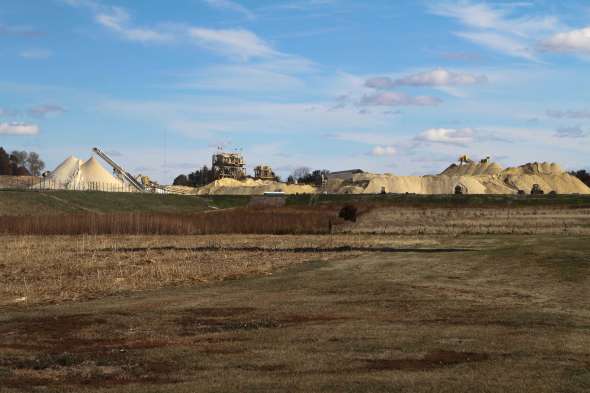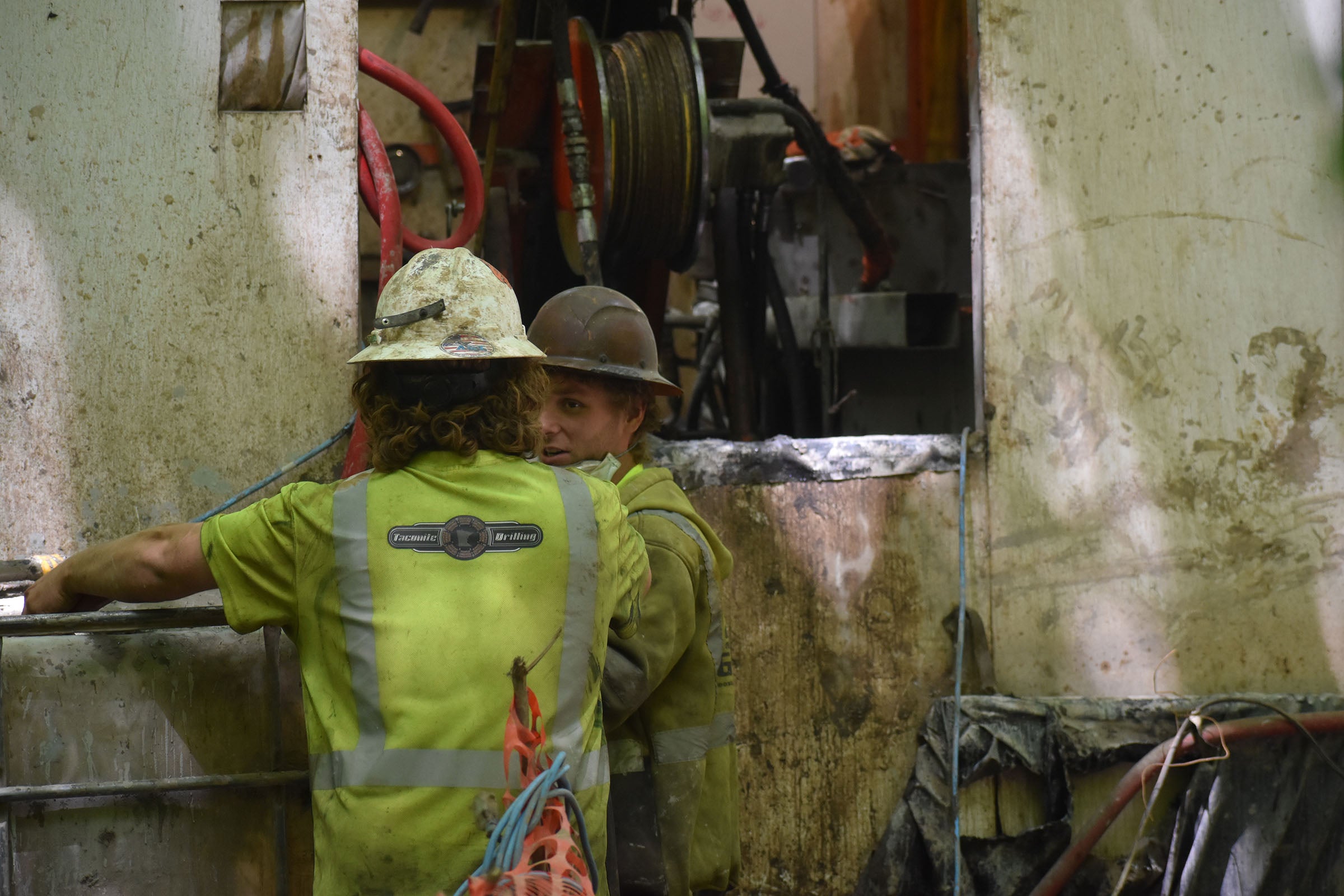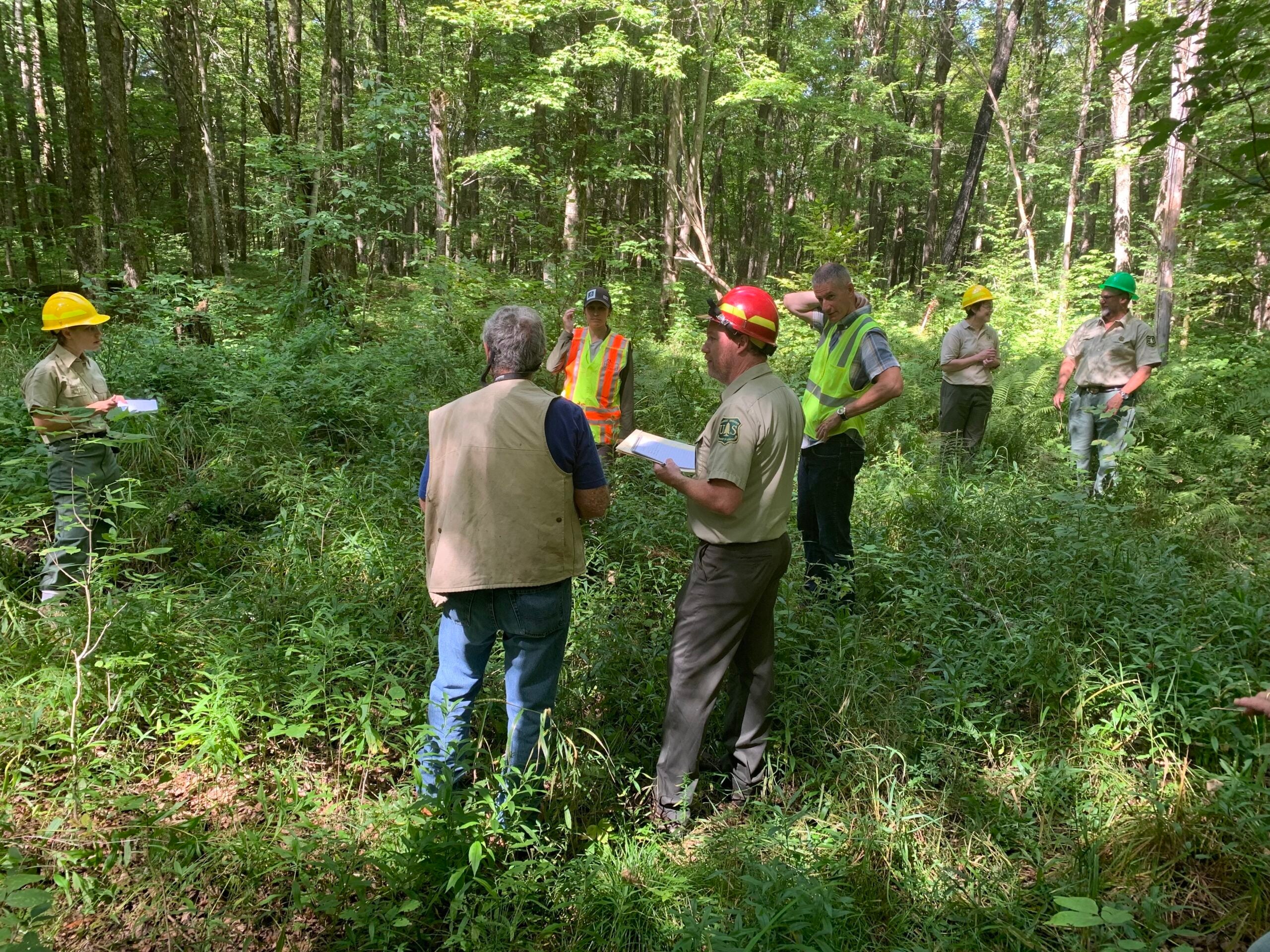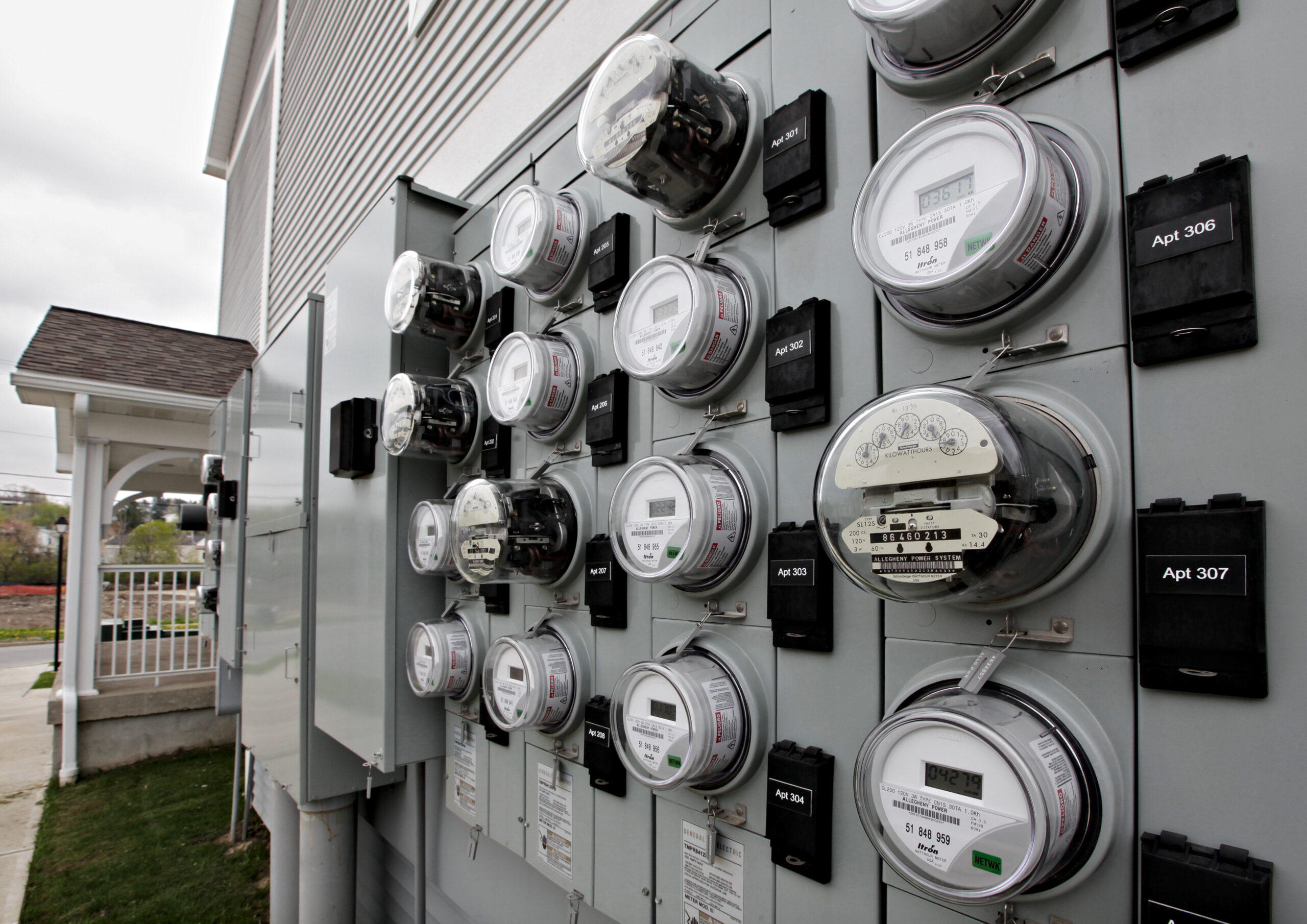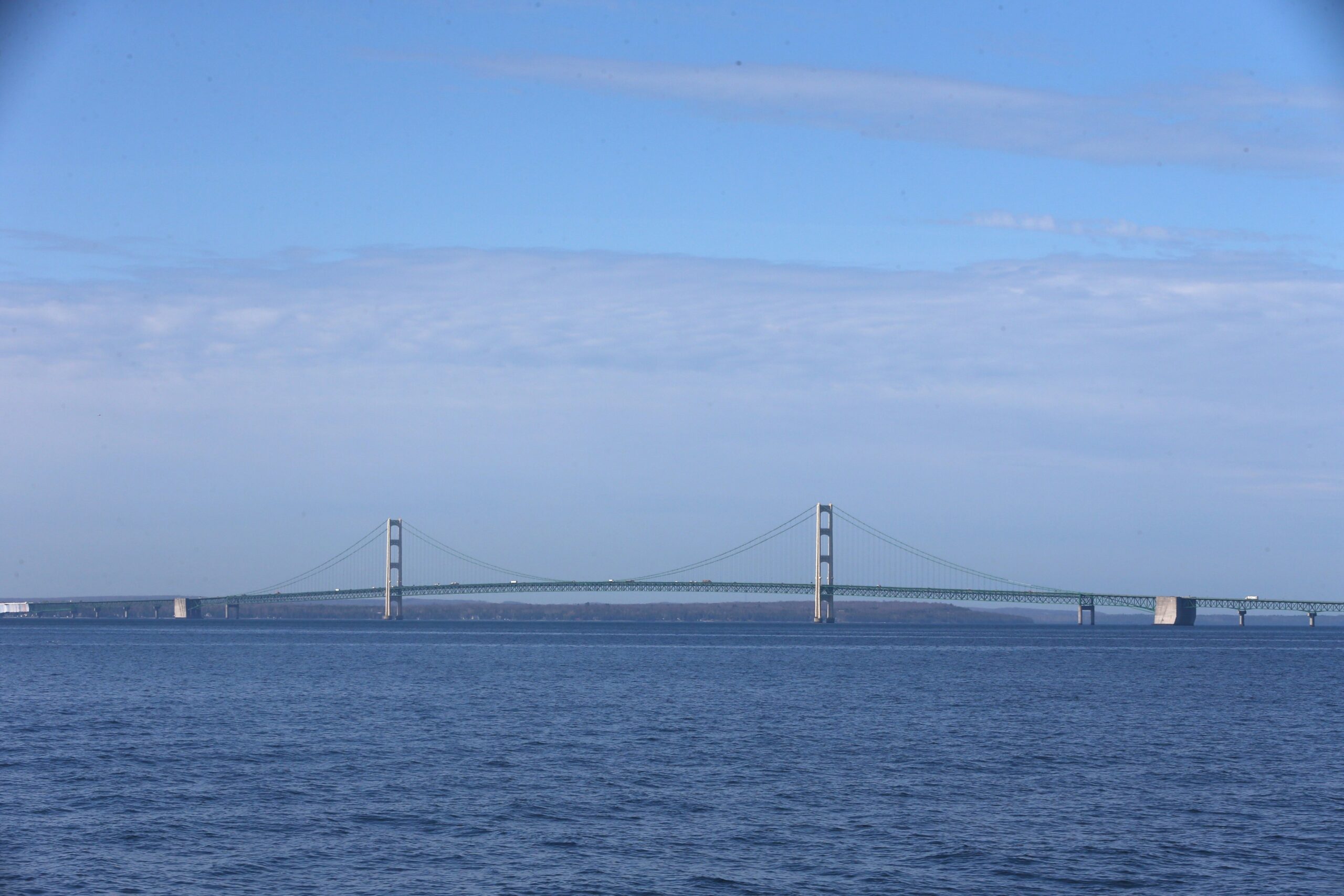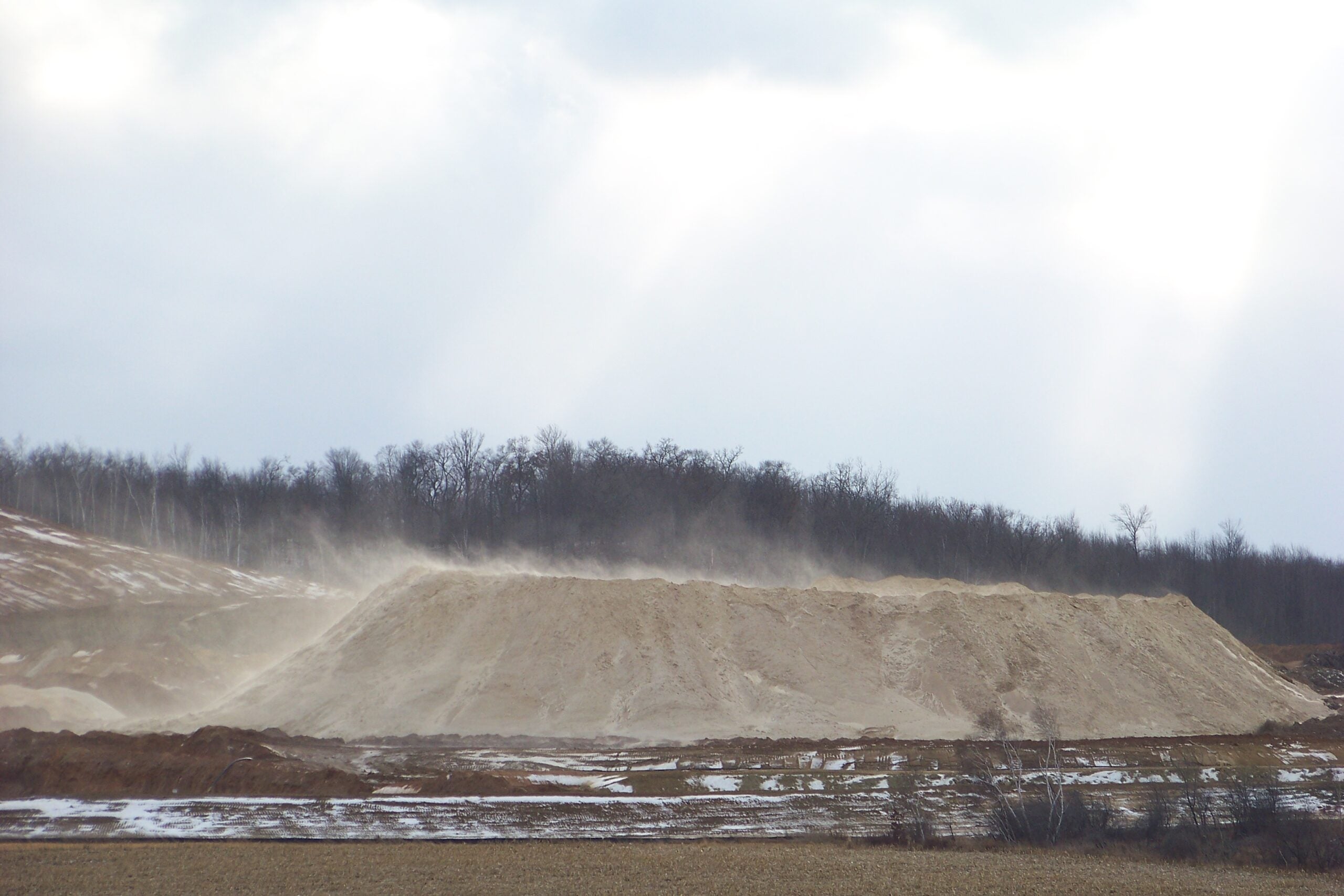Wisconsin frac sand producers experienced a roller-coaster year in 2018 with some mines ramping up operations this spring to meet extreme demand for their product, while others shut down in the fall in response to a frac-sand boom in Texas.
Wisconsin’s sand mining industry is no stranger to boom-and-bust cycles, but in 2018, the frac sand market swung from one extreme to the next faster than analysts and consultants anticipated.
The year started with news of increased drilling activity and expenditures by oil and natural gas companies, which led energy industry analytics firm IHS Markit to predict that companies would use a record-breaking 84 million tons of proppant by the end of the year. That marked a 27 percent increase over 2017 levels. Proppant is the term for sand and other material used by oil companies to prop open fractures in rock during hydraulic fracture drilling for oil and natural gas.
News with a little more humanity
WPR’s “Wisconsin Today” newsletter keeps you connected to the state you love without feeling overwhelmed. No paywall. No agenda. No corporate filter.
But while Wisconsin sand producers were reopening mines that had shuttered after a market downturn in 2016, a sandstorm of new mines were coming online nearby the nation’s busiest oilfields in west Texas and eastern New Mexico.
Samir Nangia, IHS Markit director of energy consulting, said more than a dozen new sand mines capable of producing around three million tons of sand annually went live this year and oil companies started buying sand locally in order to save more than $50 per ton in transportation costs. Nangia said that left Wisconsin sand mines, especially those with higher production costs, on the sidelines.
“I would say by the third quarter of this year is when it really started to hit home that the higher-cost mines do indeed need to shut down and there will be room for some lowest, delivered-cost mines from the Midwest,” said Nangia.
Kent Syverson, University of Wisconsin-Eau Claire Geology Department chair and frac sand industry consultant, said that the introduction of so much cheap sand from Texas drove down the price of sand produced in Wisconsin.
“The year started great guns and then the price for northern white sand just started to drop dramatically in August faster than, I think, a lot of people expected,” he said.
Wisconsin sand companies responded by shuttering mines once again.
In late September, Hi-Crush Proppants announced it would close its mine in Whitehall and lay off 37 employees due to “unforeseen business circumstances.” At the same time, Covia announced it was shutting down mines across the Midwest, including its operation in Menomonie due to “light market dynamics.” Superior Silica Sands also announced the closure of sand drying plants in Wisconsin.
But Nangia and Syverson said they don’t expect Wisconsin’s sand mining industry to die anytime soon. Nangia points to oil companies using new techniques that require more sand per well as a potential bright spot for low-cost sand producers in Wisconsin. Syverson said new data is coming out suggesting that Wisconsin sand, which has long been prized for its ability to resist extreme pressures before crushing, could keep oil wells producing longer than the cheaper Texas alternative.
Wisconsin Public Radio, © Copyright 2025, Board of Regents of the University of Wisconsin System and Wisconsin Educational Communications Board.

